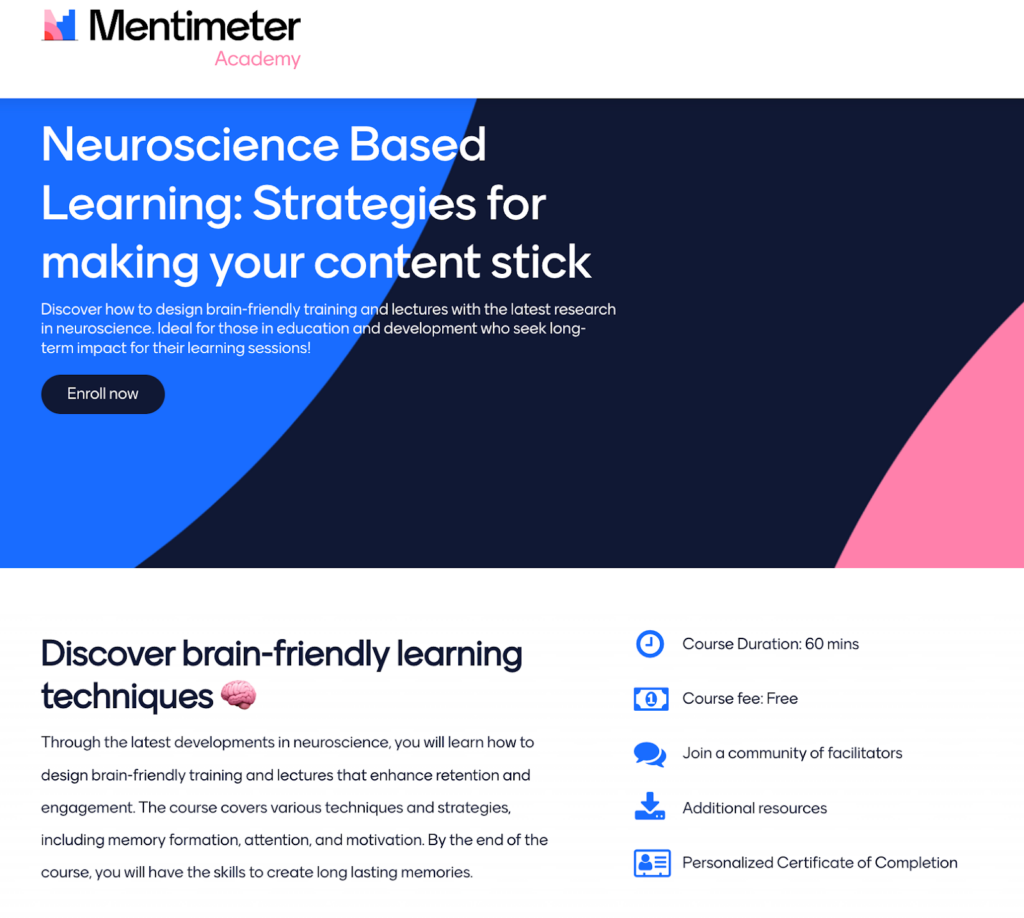What are Open Access Publication Charges (APCs)?
Open Access (OA) publishing means making research articles freely available online to anyone, anywhere, without financial, legal, or technical barriers. Unlike traditional subscription-based journals, OA journals don’t require readers to pay for access. Instead, the costs of publication are covered by authors or their funding bodies through Article Processing Charges (APCs). These APCs are fees paid to the journal to cover the costs associated with publishing the article, including peer review, editing, typesetting, and online hosting.
Why are APCs charged?
OA journals need a way to fund their operations. They incur expenses similar to subscription-based journals, such as editorial and production staff salaries, website maintenance, peer review processes, and quality control measures. Since they don’t generate revenue through reader subscriptions, APCs are the primary revenue source. This ensures that the journal can continue to operate and provide high-quality publishing services.
How much do APCs typically cost?
APC costs can vary significantly depending on the journal, its prestige, and the field of research. Some journals charge a few hundred dollars, while others may charge several thousand. Factors like the journal’s impact factor, reputation, and the services offered (e.g., advanced formatting, multimedia support) all influence the APC. It’s crucial to check the journal’s website for specific APC information before submitting a manuscript.
Who pays the APCs?
The responsibility for paying APCs usually falls on the corresponding author of the paper. However, funding sources, such as research grants, often cover these costs. Many grant applications require researchers to budget for APCs, recognizing their importance in disseminating research findings openly. Institutions may also have internal funding mechanisms to support researchers in covering APC costs. Some universities or research organizations negotiate agreements with publishers to lower APC rates for their affiliated authors.
Negotiating and Budgeting for APCs
It’s advisable to budget for APCs well in advance of submitting a manuscript. Researchers should check their grant agreements or contact their institution’s research office to understand the funding available for OA publishing. In some cases, negotiations with publishers regarding APC waivers or discounts are possible, especially for researchers from low-income countries or for articles deemed to be of significant public interest. Transparency about APC costs from journals is vital for researchers to make informed decisions.
Understanding the Value of Open Access
While APCs represent a cost, researchers should also weigh the benefits of open access. Open access significantly increases the visibility and impact of research. Freely available articles reach a wider audience, leading to increased citations, collaborations, and potential real-world applications. This enhanced visibility can benefit both the researchers and the broader scientific community, justifying the cost of APCs in the long run. Additionally, many funders now strongly encourage or even mandate open access publication, making it increasingly crucial for researchers to understand APCs and their role in the research ecosystem.
Finding Open Access Journals and Funding
Several resources can help researchers identify OA journals and secure funding to cover APCs. Directory of Open Access Journals (DOAJ) is a well-known database of OA journals, allowing researchers to find suitable venues for their work. Granting agencies and research institutions frequently provide information on OA policies and funding opportunities to cover publication costs. Exploring these resources proactively can help researchers navigate the OA landscape effectively and make informed decisions about publishing their research openly.
Transparency and Ethical Considerations
Transparency around APC costs is essential. Reputable OA journals will clearly state their APCs on their websites, along with information about their publication process and policies. It’s vital to be wary of journals that are unclear about their fees or that appear to be predatory. Predatory journals often charge high APCs without providing adequate peer review or editorial services. Researchers should exercise caution and conduct thorough due diligence before submitting to any journal. Read more about open access publishing fees.












